- Established 1982 -HOME: www.hiltonpond.org
THIS WEEK at HILTON POND Subscribe for free to our award-winning nature newsletter (Back to Preceding Week; on to Next Week) |
SOUNDS OF SUMMER: By day at Hilton Pond Center the sounds of summer include tractors mowing hay on distant fields and a smattering of bird songs punctuating the incessant buzz of Dog Day Cicadas. It's background noise we scarcely notice as we walk our trails in the heat of July. When darkness falls, however, our backyard "jungle" comes to life: Tree Katydid and Bush Cricket stridulations lead the nocturnal chorus, followed by a cacophony of at least five species of frogs. We try not to exaggerate when we describe just how loud these insects and amphibians really are, but come July we cannot sleep in the Center's old farmhouse with windows open.
All text, maps, charts & photos © Hilton Pond Center A CACOPHONY OF FROGS Right now the smallest--and perhaps most elusive--amphibian songsters at Hilton Pond are Northern Cricket Frogs, Acris crepitans (above), scarcely an inch long and hardly bigger than the terminal bud of a tree. (In fact, cricket frogs are among the smallest North American vertebrates.) We encounter these little anurans--the biological order for frogs and toads--most often along a path where they seldom sit still long enough for a photo, leaping instead into surrounding vegetation and instantly disappearing from view. Poor climbers, cricket frogs are prodigious jumpers, able to bound more than three feet at a time--reportedly up to 60 times their body length. Their diet is primarily small insects, including mosquitoes. Cricket frogs are well camouflaged with earth-tone colors, disruptive patterns, and skin that is much wartier than most frogs. Northern Cricket Frogs typically have a bright green or orangish dorsal stripe, as above, but otherwise are quite similar in appearance to Southern Cricket Frogs, A. gryllus. Both species have a call reminiscent of two marbles clicking together, with the click-click-click more rapid in A. crepitans. In the Carolinas, Piedmont and Mountain regions host Northern Cricket Frogs while Southern Cricket Frogs are limited to the Coastal Plain (with some species overlap along the Fall Line). They are primarily diurnal except during mating season, when males may attack and repel encroaching competitors. Curiously, individuals from geographically distinct populations of cricket frogs of the same species are apparently unable to recognize each others' mating calls, leading to genetic separation.
All text, maps, charts & photos © Hilton Pond Center On the other end of the size scale from cricket frogs are Bullfrogs (above), behemoths with eight-inch bodies and jumping legs to match, whose name comes from a deep baritone call similar to the bellow of a bull. Folks often describe this vocalization as jug-o-rum, but we prefer mmwwonngg. Bullfrogs resemble several other large greenish frogs; look for the tympanic ridge that runs above the external eardrum before turning sharply downward. The individual above is a male whose tympanic membrane is larger than his eye. This species is highly predatory and opportunistic, taking everything from dragonflies to mice and from little birds to smaller Bullfrogs. Like many amphibians and reptiles, Bullfrogs have been subject to taxonomic re-classification. Once they were Rana catesbeiana, the genus coming from the Latin word for "frog"; now they go by Lithobates catesbeianus, with the generic epithet from Greek for "rock climber" (which Bullfrogs really aren't). The species name memorializes 18th century artist/naturalist Mark Catesby. Bullfrogs have one of the widest distributions of any North American frog, occurring across the U.S. except for the Rocky Mountain and desert states. We once had quite a few at Hilton Pond; in recent summers maybe one.
All text, maps, charts & photos © Hilton Pond Center More common at the Center is the almost generically named Green Frog (above), one of those larger species that folks sometimes confuse with Bullfrogs. In Green Frogs a prominent, long dorsolateral crest runs straight back from behind the eye. Green Frogs are highly variable in color--sometimes dark like the one above--but almost always with a bright green upper lip. This species is only half to two-thirds the size of a Bullfrog and has the same predatory habits, snacking on pretty much any animal small enough to swallow whole. More than once we have seen a Green Frog gobble down a younger conspecific. Male Green Frogs are apparently solitary during the breeding season but otherwise may congregate in relatively large numbers called "congresses." If they make it past the tadpole stage, Green Frogs may live five years or more in the wild. To our ears the call of the Green Frog, Lithobates (Rana) clamitans is a loud, occasional, deep guttural "gunk," although other authors have described it as the twang of a plucked banjo string. The species name is from the Latin for "yelling" or "making a racket," which does seem appropriate. Green Frogs ocur in North America east of the Great Plains. Locally they hang out in Hilton Pond itself and we always have several in various sizes croaking from the water garden outside the kitchen window of the Center's old farmhouse. There they apparently fall prey to hungry Raccoons and more rarely to Red-shouldered Hawks.
All text, maps, charts & photos © Hilton Pond Center Although most frogs demonstrate some degree of camouflage, the two-inch-long Gray Treefrog takes blending in to the limit. Clinging to lichen-covered tree bark with its near-magical toe pads (see photo), this gray-black-green-tan amphibian is almost impossible to see unless it moves. The toe pads of true treefrogs are indeed engineering marvels that use a combination of wet adhesion and sticky mucus to hold fast to a variety of surfaces--even the smooth vertical glass of a farmhouse window. Amazingly, the treefrog's toe pads don't get contaminated by particulate matter; they are self-cleaning as the mucus continually sloughs off, taking bits of dirt and vegetation with it. The eastern U.S. actually hosts TWO two-inch-long Gray Treefrogs that are sympatric (i.e., having overlapping ranges): Dryophytes versicolor, Eastern or Northern Gray Treefrog; and D. chrysoscelis, Southern or Cope's Gray Treefrog. (In another taxonomic upheaval, both these formerly were in genus Hyla--named after a companion of Hercules who cried out "like a frog" while drowning.) The two species are morphologically identical but can be separated by call; H. chrysoscelis--the species at Hilton Pond--has a faster trill we hear day and night in early summer. (The species are also distinguishable in the laboratory, where microscopic examination of eyelid cells shows one species has diploid chromosomes while the other is tetraploid.) The Savannah River Ecology Lab cautions that one should wash hands after handling any Gray Treefrogs because they produce "a toxic skin secretion that can cause extreme discomfort to the eyes, lips, mucus lining of the nose, or open cuts and abrasions."
All text, maps, charts & photos © Hilton Pond Center And all this brings up the last of our summer frog choristers at Hilton Pond, the one that these days is by far the noisiest and perhaps the most enigmatic: Green Treefrog, Dryophytes (formerly Hyla) cinereus. These lime-green creatures with pale side stripe (above) have been vocalizing loudly for the past several weeks, especially on nights after one of those frequent pop-up mid-summer thunderstorms. But exactly what is it they are saying? Here are musical interpretations from various sources:
So which is it? Quoonk or queenk or quank, or a cowbell? To us the vocalization resembles the toot-toot-toot of Nor All these singing frogs, Green Treefrogs included, vocalize by forcing air out of their lungs through an air sac on their throats. As shown in our nocturnal photo above right, the male brings a large quantity of air into its lungs, causing his entire body to bulge. Then, as shown in the top photo, he pushes that air into his air sac before releasing it audibly. The cycle repeats, as noted, perhaps 75 times per minute, over and over again with few breaks, almost all night long.
All text, maps, charts & photos © Hilton Pond Center
All text, maps, charts & photos © Hilton Pond Center Our extralimital, non-indigenous population of Green Treefrogs is now well-established at Hilton Pond, evidenced by at least a couple dozen vociferous males trying to out-call the others every July night at the Center. Each hormonal male (above left) crawls onto the trunk of a pondside shrub and settles in several feet above water level, puffing out his vocal sac and calling until a female (above right) comes near. We haven't observed what comes next, but we imagine they both drop into the water below where amplexus, egg-laying (up to 400 eggs!), and external fertilization ensue. After all, that's what this deafening nighttime racket at Hilton Pond Center is all about in the first place! NOTE--The five frogs mentioned above are actively calling in July. Other anuran species observed and identified historically at Hilton Pond Center include: Northern Spring Peeper, Pseudacris crucifer; Upland Chorus Frog, Pseudacris feriarum; Pickerel Frog, Rana palustris; and, Southern Leopard Frog, Rana sphenocephala;--plus one toad: Common (Fowler's) Toad, Bufo fowleri (formerly Bufo woodhousei fowleri). All text, maps, charts & photos © Hilton Pond Center
All text, maps, charts & photos © Hilton Pond Center A KENTUCKY VISITOR It wasn't that difficult on 9 July 2020 to name our "Bird of the Day" (BOTD) for Hilton Pond Center. We only caught and banded five individuals, including a young male Northern Cardinal and three Ruby-throated Hummingbirds (two young males and an adult female). The fifth bird probably would have been a candidate for BOTD even if we had handled a dozen or more species; it was a recently fledged Kentucky Warbler--only the 21st banded in 39 years at the Center! Kentucky Warblers (KEWA) occur in the more temperate areas of the eastern U.S. and spend non-breeding months of the year primarily along the Caribbean side of Mexico and Central America. They breed every year in the Carolina Piedmont but are relatively uncommon in most areas. (At the Center we have never found a nest or banded a female with a brood patch. We also haven't heard an adult singing, so we can't include KEWA as one of our "sounds of summer"--even though this week's youngster suggests local breeding.)
All text, maps, charts & photos © Hilton Pond Center KEWA sexes are quite similar, with--as shown in the photos above--olive back; no wing bars or tail spots; bright yellow throat, breast, undertail coverts, and superciliary line; black cheek patch; and dark crown. (Note also how the yellow superciliary line wraps behind the KEWA's eye like a hook--rather reminiscent of that tympanic ridge behind the ear of the Bullfrog described above.) In mature males the crown and face are typically darker, with a wider cheek patch. (We suspect the one we banded recently is of that gender.) The bicolored bill is somewhat heavy for a warbler and, oh, the legs and feet are pink! Kentucky Warblers inhabit deciduous forests with dense undergrowth, especially along the edges of ponds and swamps, so the Center appears to provide good habitat. They forage among fallen leaves for insects and other invertebrates and also nest on the ground. In other words, this is NOT one of the warbler species you strain your neck to see in the treetops. All text, maps, charts & photos © Hilton Pond Center Image post-processing via DeNoise AI, Sharpen AI, and other Topaz Lab tools
Checks also can be sent to Hilton Pond Center at: All contributions are tax-deductible on your Don't forget to scroll down for Nature Notes & Photos, |
|---|
|
"This Week at Hilton Pond" is written and photographed by Dr. Bill Hilton Jr., executive director of Hilton Pond Center for Piedmont Natural History
|
|
|
Please refer "This Week at Hilton Pond" to others by clicking on this button: |
|

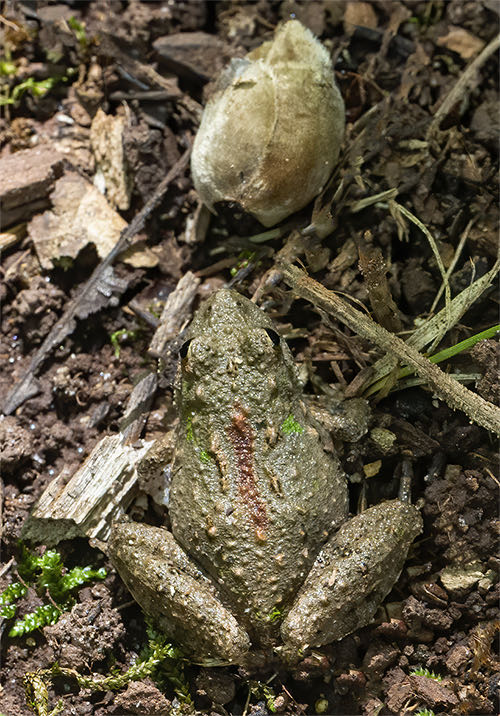
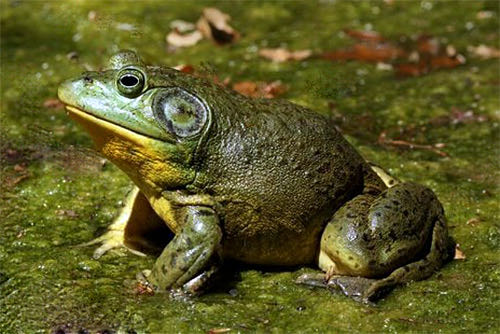
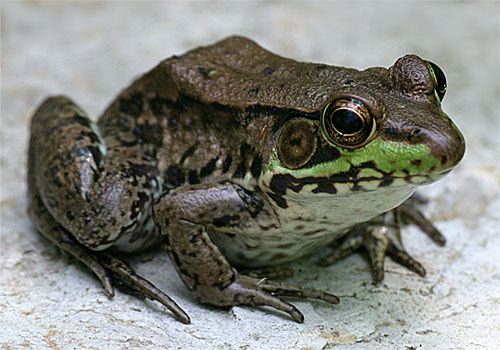
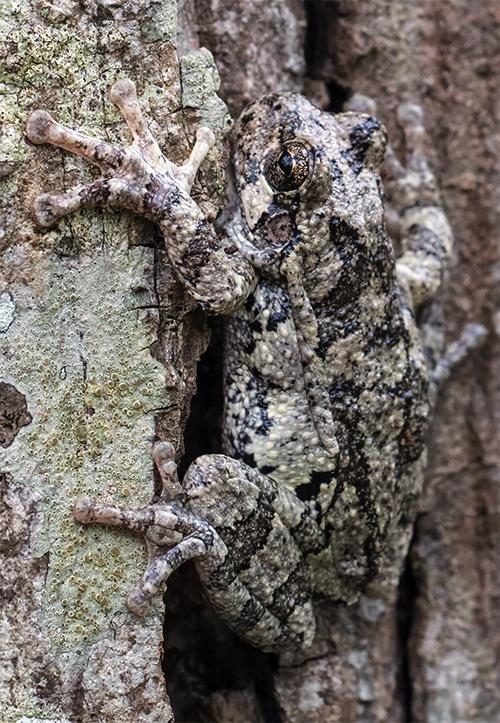
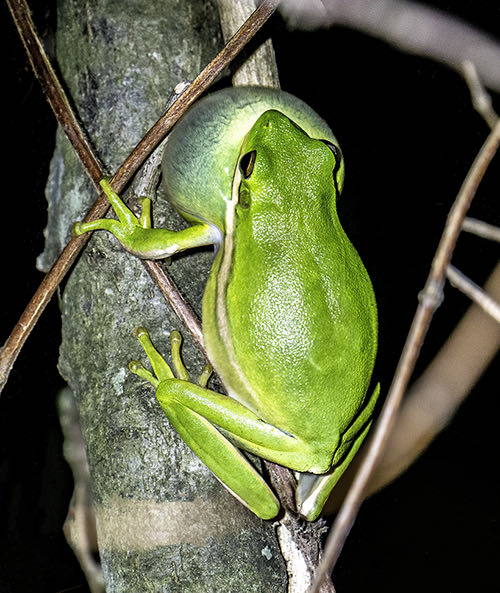
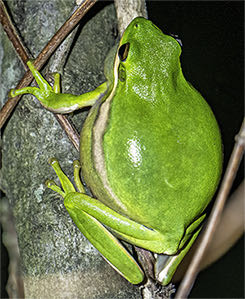 thern Saw-whet Owls that occur some winters at the
thern Saw-whet Owls that occur some winters at the 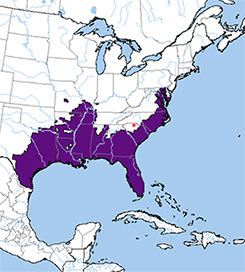 Interestingly, this particular sound of summer on
Interestingly, this particular sound of summer on 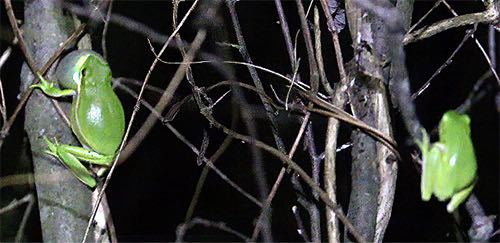
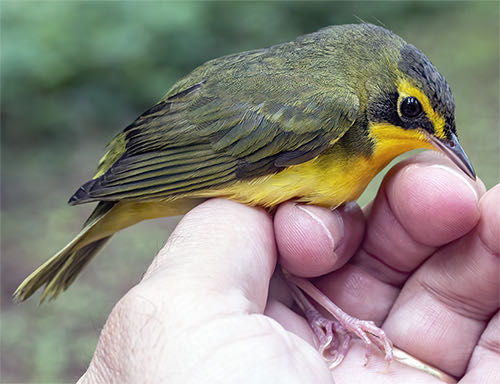
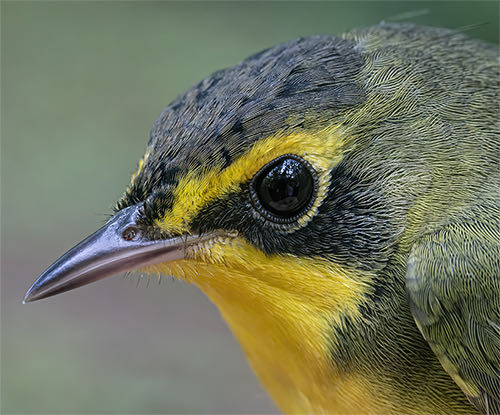










 Please report your
Please report your